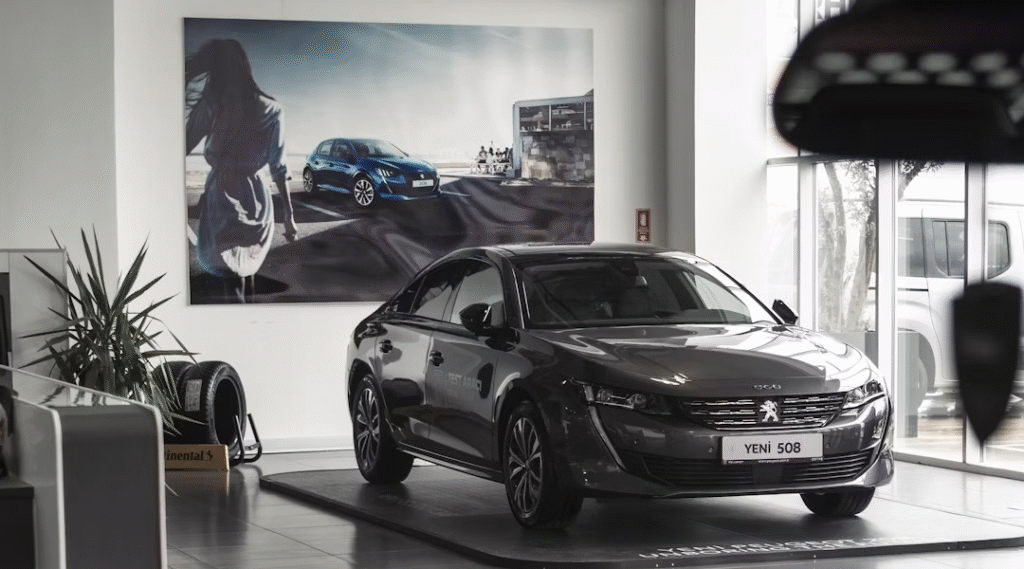In today’s hyper-competitive market, price wars in the automotive industry have become an unavoidable phenomenon. From legacy manufacturers to agile newcomers, every automaker is grappling with the challenge of protecting profit margins while offering attractive prices to consumers. This dynamic is not only transforming pricing strategies but also driving far-reaching changes in automotive industry development—from research and development (R&D) to market consolidation and consumer expectations.
Intensified Competition and Profit Pressures
A price war typically begins when one manufacturer cuts prices to boost market share, forcing competitors to respond in kind. While lower sticker prices can increase sales volume in the short term, they inevitably eat into profit margins. For established automakers with high fixed costs—factory overhead, labor agreements, and compliance expenditures—sustained price cuts can severely restrict funds available for strategic investments. In contrast, newer entrants and electric-vehicle (EV) manufacturers with leaner operations may endure deeper price drops, leveraging lower production costs to outlast traditional rivals. The net result: even stronger incentives to streamline operations and reduce unit costs across the board.
Innovation and R&D Adjustments
Long before a vehicle reaches the showroom, it typically represents years of R&D investment. In an environment where price cuts are constant, automakers must make difficult decisions about allocating capital for future innovations. Some may postpone or scale back projects—particularly those with long payback horizons, such as autonomous-driving technologies or advanced materials research. Others respond by reallocating funds toward cost-reduction programs, adopting standardized platforms and modular architectures that enable sharing components across multiple models. Ultimately, the pressure to balance price competitiveness with technology leadership is accelerating the industry’s shift toward collaboration on platforms, joint ventures in EV and battery technology, and open-source software initiatives.
Impact on Supply Chains and Production
Price wars place enormous strain on supply chains. To maintain profitability, automakers demand ever-lower prices from suppliers, who in turn must optimize processes or risk losing contracts. This fosters a continuous cycle of cost-cutting measures—ranging from just-in-time inventory strategies to the adoption of robotics and automation in parts manufacturing. While these changes can enhance efficiency, they also introduce vulnerabilities: highly optimized, low-inventory systems are less resilient to disruptions such as natural disasters or semiconductor shortages. The lesson for the automotive industry is clear: while aggressive cost management is essential, companies must balance efficiency gains with supply-chain robustness to sustain long-term development.
Consumer Expectations and Market Segmentation
Price wars have empowered consumers, who now expect attractive financing packages, rebates, and entry-level trims with premium features. As a result, automakers are blurring traditional market segments, offering luxury-level amenities in compact models or introducing subscription-based services for infotainment and driver-assist packages. This trend boosts perceived value and deepens customer loyalty, but it also elevates the baseline cost of vehicle development. The paradox is that, even as sticker prices fall, manufacturers must invest more in software, connectivity, and comfort features—driving a new category of complexity in vehicle engineering.
Industry Consolidation and Strategic Alliances
The relentless squeeze on margins is prompting consolidation among smaller and midsize automakers. Mergers and acquisitions enable companies to pool R&D budgets, harmonize platforms, and gain economies of scale. Simultaneously, strategic alliances—such as battery joint ventures between automakers and chemical firms—are becoming central to securing critical resources at favorable costs. This consolidation is redefining the competitive landscape: fewer, larger players with broader geographic footprints and diversified product portfolios will dominate the future of automotive development.
Toward Sustainable Pricing Models
To escape the cycle of aggressive price competition, many automakers are exploring alternative revenue streams. Subscription services for advanced driver-assistance systems (ADAS), over-the-air software updates, and connected-car data monetization offer recurring revenue that helps stabilize overall pricing structures. Moreover, the rise of car-sharing and mobility-as-a-service models is prompting traditional manufacturers to think beyond one-time vehicle sales. By integrating these services into their value proposition, automakers can maintain healthier margins while delivering ongoing customer engagement.
The ongoing price war in the automotive industry is a double-edged sword: while consumers benefit from lower prices and richer features, manufacturers face mounting pressures that reshape every facet of their operations—from R&D and supply chains to strategic partnerships and business models. Those companies that strike the right balance between cost efficiency, innovation, and customer value will not only weather the current pricing storm but also emerge as leaders in the next era of automotive industry development.
More for the topic:
Driving the Future: Technology and Digital Transformation in the Automotive Aftermarket
The Automotive Aftermarket: Competitive Dynamics and M&A Trends
Supply Chain & Logistics Challenges in the Automotive Aftermarket
Emerging Trends & Innovation in the Automotive Aftermarket
As for in-depth insight articles about AI tech, please visit our AI Tech Category here.
As for in-depth insight articles about Auto Tech, please visit our Auto Tech Category here.
As for in-depth insight articles about Smart IoT, please visit our Smart IoT Category here.
As for in-depth insight articles about Energy, please visit our Energy Category here.
If you want to save time for high-quality reading, please visit our Editors’ Pick here.



